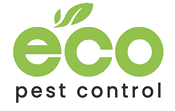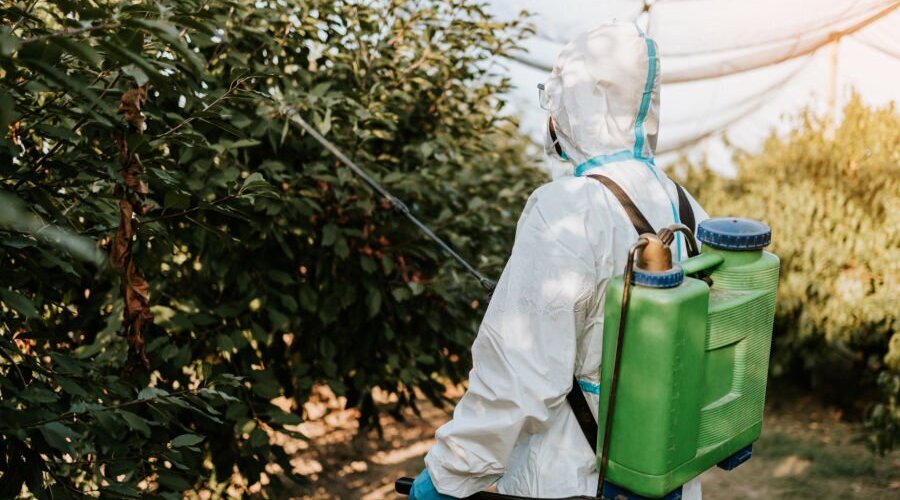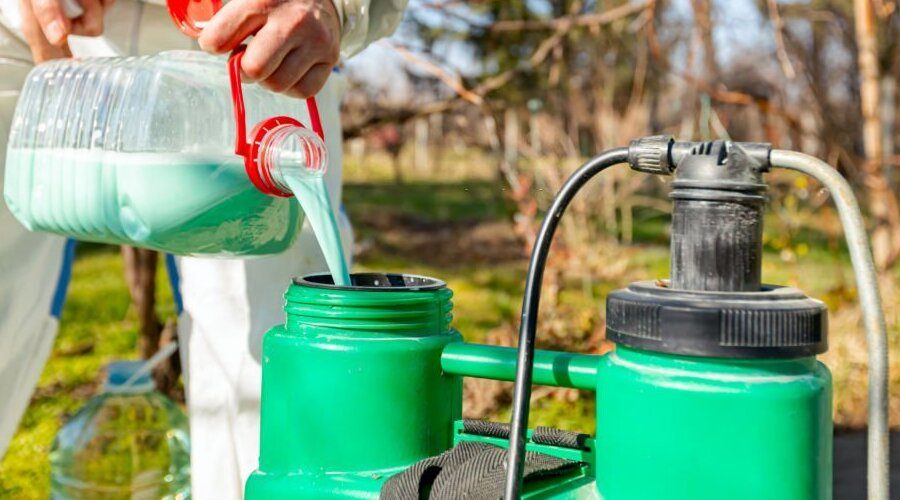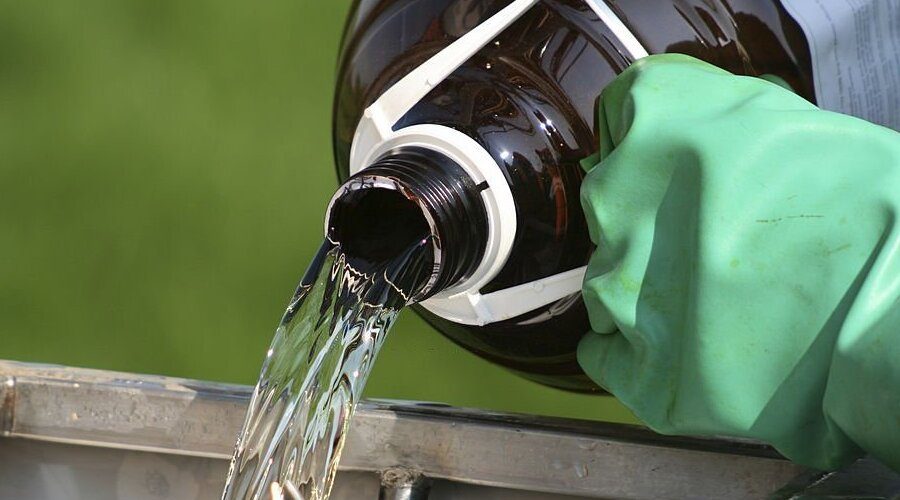Chemicals for Controlling Pests
Effective Solutions for Pest Control
Have you ever walked into your kitchen to find ants around your sugar jar?
Or opened up your basement door to find mice running away from the sudden light?
In this article, we’ll discuss understanding pest issues and their behaviors and wide variety of solutions used by professional pest controllers.
Also, safety measures and regulations concerning them, and the environmental impact of common chemicals with active ingredients.
Also, alternative solutions beyond using traditional methods.
Understanding Pests and Their Behaviors
Pest control starts with understanding the specific variety of pests we’re dealing with. Different insects have different behaviors and tolerances. Here are some of the most common home invaders we must look out for:
1. Cockroaches
Hardy, omnivorous insects that can live nearly anywhere without needing much food or water.
2. Ants
Typically looking for sugary stuff or carbohydrates.
3. Fleas
Pests that feed off warm-blooded animals like cats and dogs.
4. Bed bugs
Known to enter homes in couches or bags, and are often found in beds where they can hide away during the day.
5. Rodents
Like mice and rats, generally are awake during the night to search for food.
Types of Pest Control Chemicals
1. Insecticides
These insect controls typically work by stopping the nervous system of an insect, either targeting the brain directly or blocking nerve signals from passing throughout the body. Sprays are especially useful for treating holes or other places where pests might hide away. Sample of this is boric acid and synthetic pyrethroid that is effective for most household pest. Also, pyrethrins are less persistent in the environment than synthetic pyrethroids.
2. Rodenticides
They’re typically sweet-smelling or flavored to lure rats and mice into eating them. These use various aromas that act as a block but don’t actually harm the rodents themselves.
3. Termiticides
These are specifically designed household pesticide for dealing with termites. These products work by creating a barrier between the soil and the structure that termites inhabit. This block works to repel existing termite populations away from treated areas, as well as prevent any pest from infiltrating our homes.
4. Fungicides
Common groups of organisms that often require these treatment include rusts, mildew, and root. It also varies in active ingredients. When applied appropriately they prevent the growth of fungi through the inhibition of its vital metabolic processes.
5. Herbicides
It comes with different active ingredients depending on what type of weed it’s meant to deal with. Some are selective in controlling grasses, while others target broad-leaf weeds. Additionally, there are contact and systemic types.
6. Other Pesticides
Surface sprays and termite treatments, which are pesticides, can stay in the environment for extended periods of time following application, lasting days, weeks, or even longer.
How Pest Control Companies Choose the Right Chemicals
- Type of target pest
- Area of infestation
- Habitat
- Lifecycle of targeted pest
- Cost-effectiveness and safety regulations
Safety Measures and Regulations
- Mix solutions correctly according to instructions given on product labels. Especially if you’re using synthetic pyrethroid and space sprays.
- Use active ingredient with high toxicity level only in areas they’re used for and take all necessary details before, during, and after use.
- Wear personal protective equipment when handling pest control solutions such as gloves, masks, goggles, etc.
- Lastly, store products in their original containers away from food items and children’s reach in a cool and dry place.
Environmental Impact of Pest Control Chemicals
- Overuse of certain active ingredient in pest control products could lead to resistance among targeted pests. It then leads to failure in removal efforts. Especially, those bought from hardware stores without proper instructions.
- Pollution of soil, water, and air caused by runoff from treatments.
- Excessive use or application of a wide range of solutions can reduce beneficial predator insects. Thus stopping the balance of a given environment.
- Lastly, certain pesticides have been known to cause health problems for humans, animals, and the environment at large if not properly applied with due caution and care according to label instructions.
Alternatives to Chemical Pest Control
- Mechanical Control. Controlling product pests by physical methods, such as trapping, using of bait, and placing physical barriers to isolate infested areas.
- Physical Controls. Using natural agents like water or heat to flush out or kill certain living organisms.
- Cultural Control. Modifying our immediate environment around us.
Conclusion
We cannot overstate how important it is to take all necessary safety precautions when it comes to using such products.
So if possible try out natural alternatives first.
Also, whatever method you end up deciding on, make sure you stay committed in this fight against home invaders.
Making a bad situation even worse could occur if you use the wrong substances.
You may also be subject to an unanticipated and potentially dangerous chemical reaction.
We’re sure your hard work will pay off in due time.



